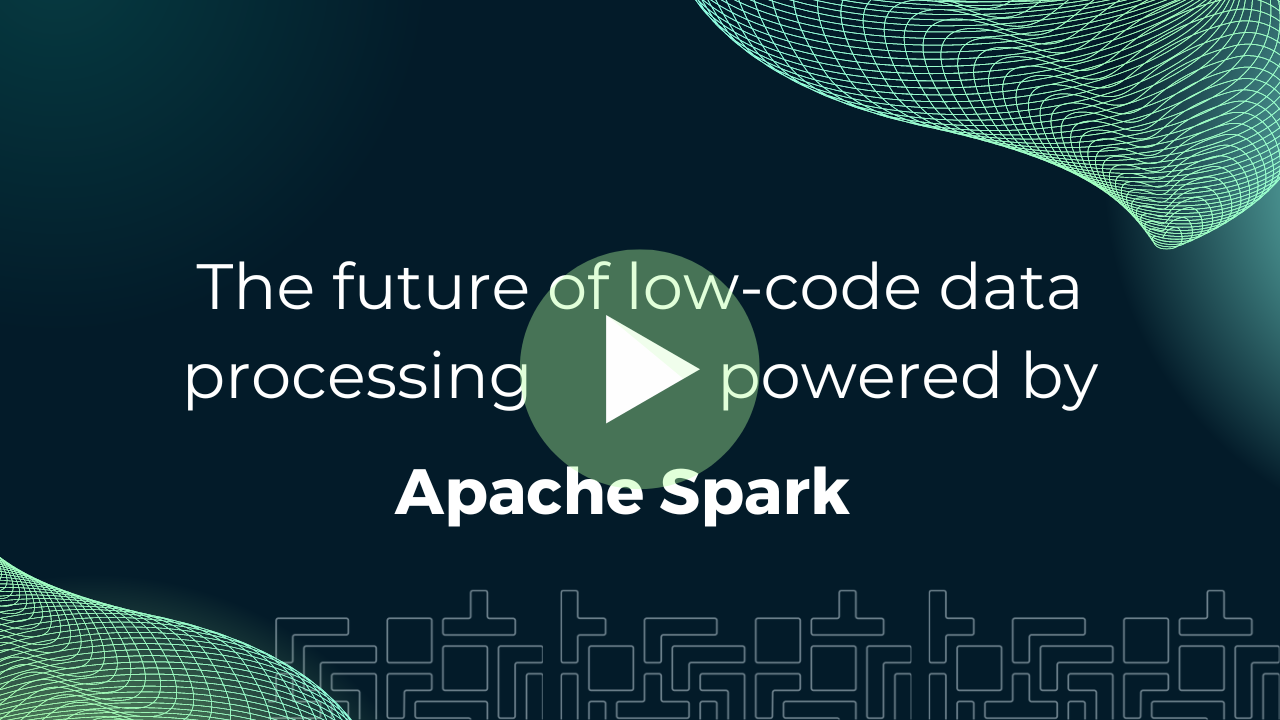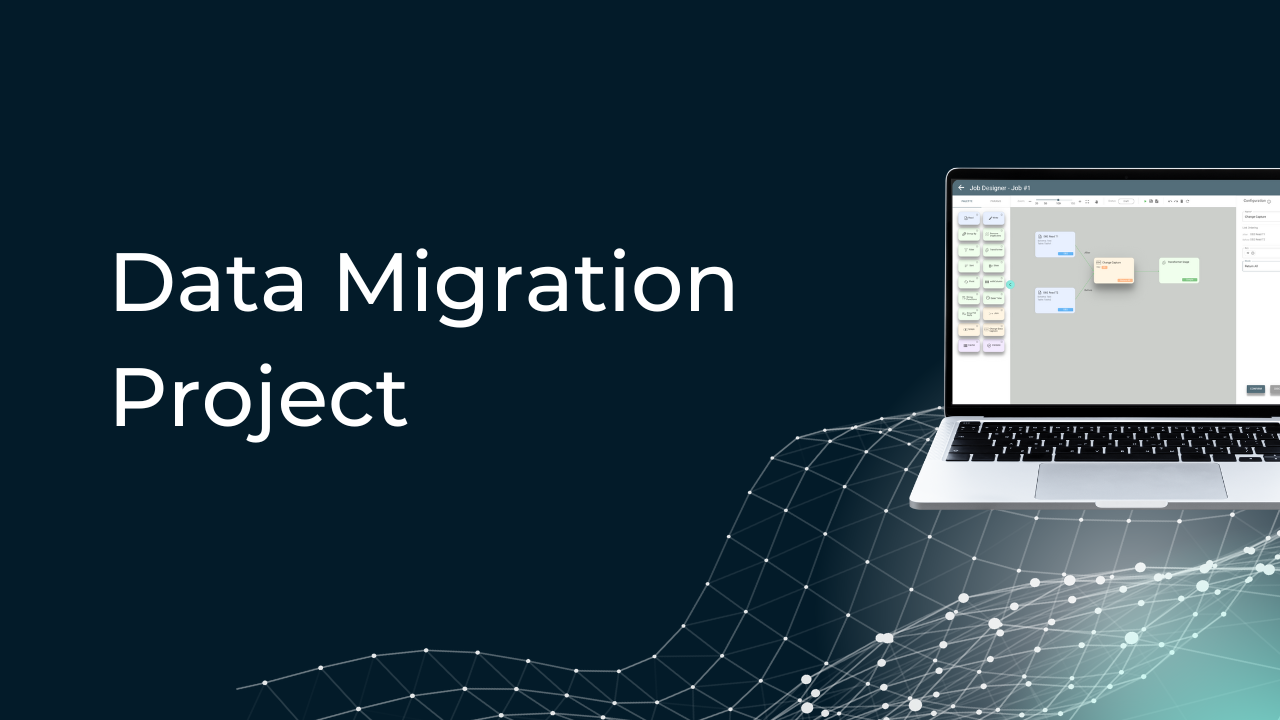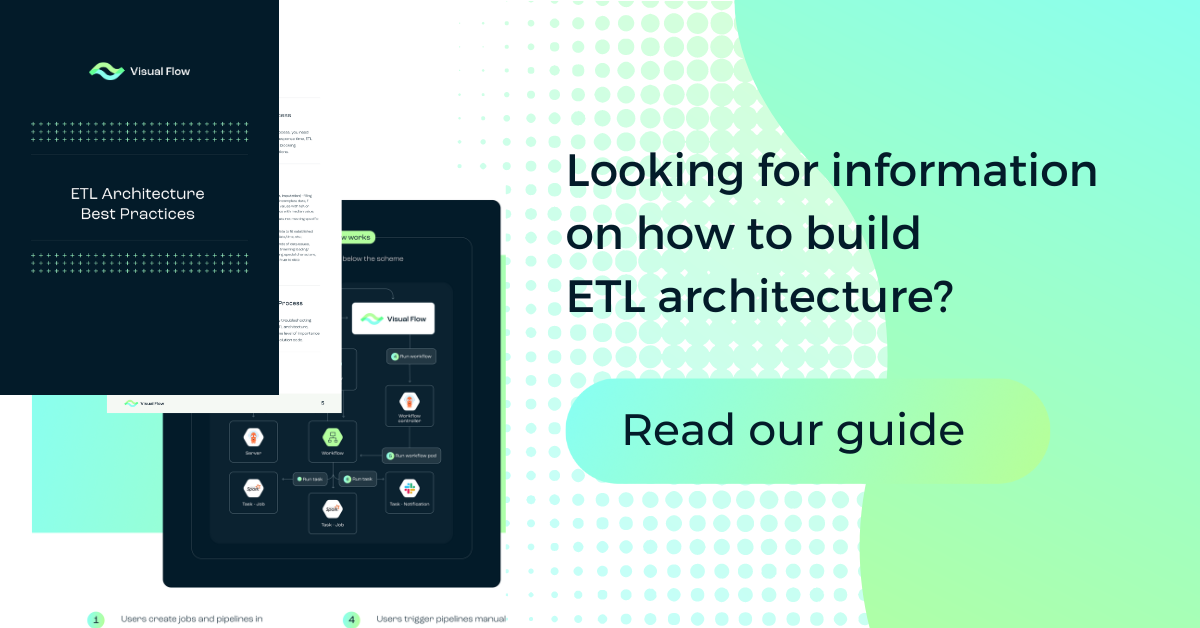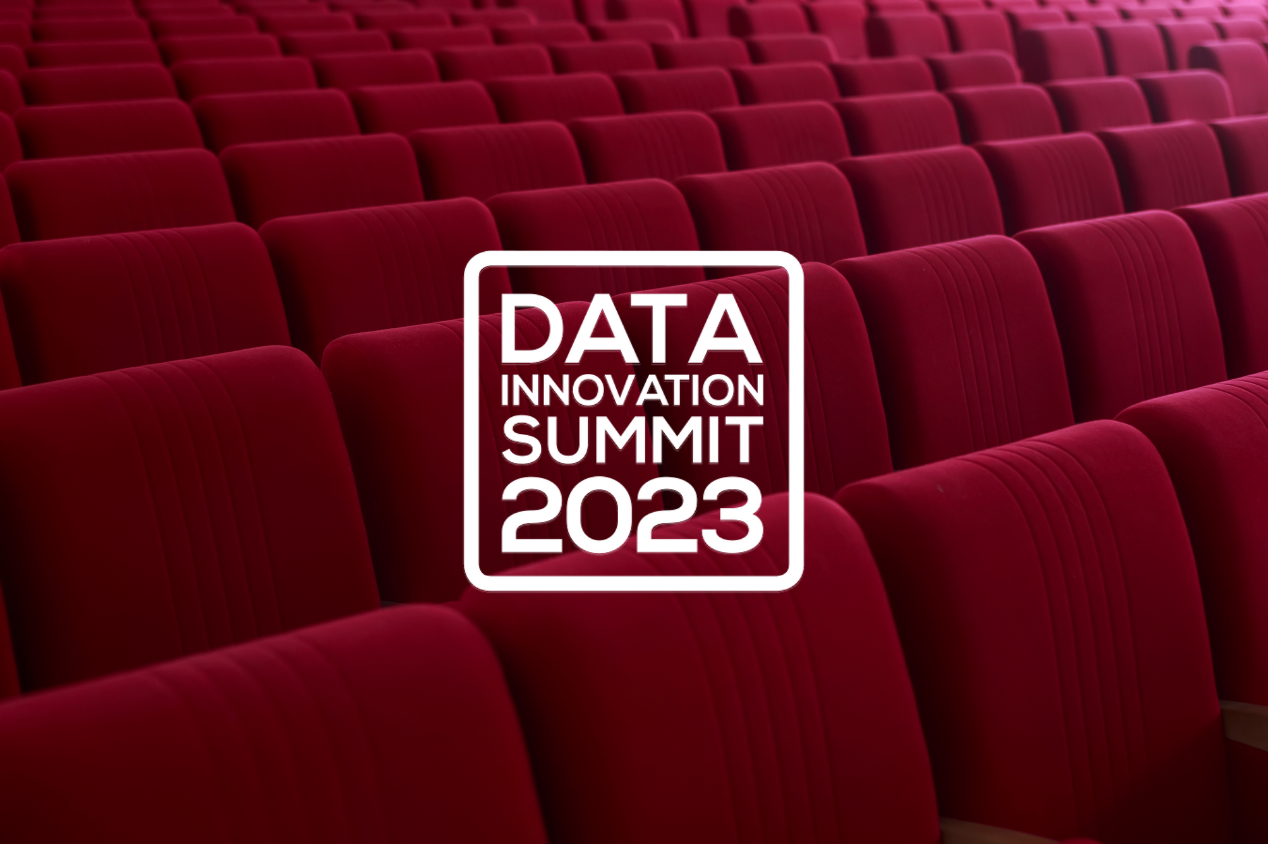Table of Content:
Table of Content:


Data modeling transcends just creating diagrams for documentation. The key is for the business and data teams to establish mutual understanding, trust each other, and use data to produce value. Also, it’s a kind of investment in the security, dependability, and future-proofing of your data systems. It will need more work upfront, but that’s the case with all worthwhile endeavors. Yet, investments in communication, efficiency, data quality, and scalability pay off handsomely in the distance.
Experience AI analytics yourself with our interactive product tour.
If you want to know how conceptual, logical, and physical AI models influence important parts of data modeling (such as clear and open communication, connections, frameworks, and arrangement of data, its reliability and coherence, as well as resilience to change), this article is for you. Here, you’ll learn what is required to construct a first-rate data model and win over your competitors.
What is a Conceptual Data Model?
An organization’s data landscape may be seen from above with the help of a conceptual data model (CDM), which gives a simplified picture of the data that the business uses or intends to use in its day-to-day activities. To close the information gap between data and business processes, conceptual data modeling seeks to capture the fundamental ideas behind both. Detailed entity definitions and entity relationship diagrams (ERDs) are common ways to visualize these ideas.
For your team and stakeholders, creating a CDM is like drawing up a road map; it explains all the data kinds and how they relate. It helps get everyone on the same page in terms of how the company runs and creates a shared vocabulary that everyone, from techies to non-techies, can understand and use. Improving communication and trust with stakeholders is a difficulty for many data teams. However, well-developed conceptual data modeling may help teams overcome this obstacle and work together more effectively.
Benefits of a Conceptual Data Model
Now that you know what a conceptual data model is, we can get into the benefits it offers. They are typically falling into two big buckets: fostering shared understanding and boosting communication and collaboration. Collectively, they provide the groundwork for gaining the confidence of stakeholders.
First up, shared understanding. Conceptual data modeling breaks down complex data interactions using straightforward, business-friendly language. This method establishes a common vocabulary that can be supported by everyone, regardless of their level of technical expertise. Furthermore, using visual aids makes understanding difficult connections much simpler than sorting through heaps of paper. Developing stakeholder trust depends mostly on this collective clarity.
Conceptual models serve as the primary point of reference for stakeholders, data teams, and other business divisions when it comes to communication and cooperation. They work wonders for clarifying needs, finding duplication or gaps, and ensuring that all employees are following company policy. Essentially, when you master communication and cooperation, you establish the trust necessary to make critical decisions about pricing, delivery, and functioning.
On top of that, conceptual models make sure that when you build a physical model, it’s not just about getting the answers correct but also about giving the company the capacity to ask relevant questions. Can a single consumer make many reservations? Is the client and the guest always the same person? Answering these concerns successfully requires utilizing that shared understanding and collaborative attitude.
What is a Logical Data Model?
The main difference between a conceptual and a logical data model is that by being platform-neutral, a logical data model (LDM) helps businesses retain flexibility and portability while defining connections and giving depth and structure to critical data entities. Cloud data warehouses, data marts, and application databases all rely on this concept as a foundation.
To go from a conceptual to a logical data model, follow these steps:
- Verify the entities and relationships in your CDM to make sure they are correct.
- Sort the particular attributes every entity needs. Consider them as the finishing touches to the entity model.
- Look over all entity attributes to find those that uniquely identify the entity. More than one could fit the bill, and the goal is to find the best candidates for primary and unique keys.
- Team up with stakeholders to choose the primary key from your list of candidates. Ideally, this is a single attribute, but sometimes you might need more.
- Reduce redundancy by eliminating duplicates and ensuring characteristics rely only on the main key via the use of best practices, such as the 3rd Normal Form (3NF). Think about dimensional modeling for analytics; it uses denormalization to improve query efficiency.
- Create ERD entities. Normalizing may lead to new entities, attributes, or relationships. Assemble everything by redistributing qualities as necessary.
- Verify relationships with stakeholders to make sure they are accurate. If an entity has too many dependencies, it might be a symptom of a design flaw.
- Determine whether a relationship may be one-to-many, many-to-many, or one-to-one. Sometimes, these relationships are optional.
- Be sure that the expectations of stakeholders, users, and developers are in line with your logical data model by comparing it to the needs of your company.
Plus, keep in mind that modeling is an iterative process. Get the most out of your logical data model vs conceptual model by refining it based on user input.
Benefits of a Logical Data Model
Let us, as with the conceptual data model, go over the main advantages of the logical data model. Here, the difference between a conceptual and a logical data model lies in the fact that logical data modeling is most useful for two main purposes: data organization and agile data modeling. Both of them keep the initiative’s scope large while making it more efficient.
Agile Data Modeling
Agile development is possible throughout the iterative process of creating a logical data model vs a conceptional model. Logical data models allow stakeholders to iteratively refine the business logic and process without being limited by technology. This versatility and scalability will be perfect for any business’s future demands.
Data Relationships, Structure, and Organization
An effective LDM clarifies the system’s workings by painting a picture of the data’s structure and connections. In order to keep data accurate and prevent duplication, the model promotes uniformity and consistency. A logical data model diagram eventually acts as a template for the physical data model, which makes database design easier. It helps software developers and database managers plan the database’s physical structure.
Quality Assurance
Logical data model diagrams help to improve data quality, dependability, and cost by spotting mistakes or inconsistencies early in the system development process. Through data structure alignment, LDMs also verify the business requirements.
There may be additional advantages for your company, of course, but keep in mind that logical data modeling is essential for improved stakeholder communication, a stronger basis for physical database architecture, and a better understanding of data from a business viewpoint.
What is a Physical Data Model?
The meat and potatoes of data modeling are physical data models (PDMs), which materialize relational data items. It’s the last stage of turning your conceptual data model into a fully operational database, including all the finer points required for its construction.
The process of moving to a physical vs logical data model is an iterative and ever-changing one. Let’s dissect the process of this change:
- Select a location to store your data model. This selection affects how the platform is designed in the future and lets you take advantage of certain features.
- Every logical entity becomes a physical table when you convert it. Remember those candidate keys you identified earlier? Choose one of those alternatives to use as the table’s primary key now.
- Create columns for all of your logical model’s attributes. You’ll also need to specify the data type — think integers, text, dates, and more.
- For data integrity and to avoid duplication, make sure your tables are in Third Normal Form (3NF). This will ensure normalization. According to the normalization standards and the capabilities of your platform, this may need dividing or merging tables.
- Create indexes and partitions by finding out which attributes are used most commonly for filtering and sorting. They may be rather a mystery to optimize, depending on your platform and requirements. Therefore, start basic and make adjustments as necessary.
- Create main keys, unique keys, and any additional checks that may be required. It is essential to define limitations, even if your platform does not enforce them altogether. To ensure integrity and improve performance, they direct processes farther down the line.
- To make your platform more programmable, design your views, stored procedures, triggers, streams, and tasks according to the complexity of your platform. All of these things work together to make complex data procedures easier to automate.
Before committing to the PDM, make sure it meets all of your company’s needs by consulting with relevant parties. Verify that the model provides answers to important business issues by running tests with sample data and creating queries. Keep in mind that you can ask for Visual Flow’s professional advice any time you feel confused or overwhelmed by the process of data modeling — our consulting services are always at your disposal.
Benefits of a Physical Data Model
Discussing the revolutionary nature of a physical vs logical data model in an ever-changing database landscape is a must. Both data and business teams may benefit from it. Data teams can focus on efficiency and speed, while business teams can think about how to scale and prepare for the future.
Speed and Efficiency
Physical data models (PDMs) are essentially the blueprint for safely storing, organizing, and accessing your data. Regardless of the platform you’re using — cloud or on-premises — they’re optimized for efficiency. Using PDMs, you may maximize the use of consumption-based platforms while minimizing costs, scaling, storage needs, and performance issues.
Scalability and Future-proofing
With the expansion and change of your company, a well-written PDM becomes your best friend. It establishes a flexible framework that can seamlessly adjust to new data sources, business rules, or system integrations. System complexity, obsolescence risks, and time to market may all be reduced with this flexibility.
Comparison of Conceptual, Logical, and Physical Data Models
All three of the data models — logical, conceptual, and physical — are summarized in this table.
| Conceptual data model | Logical data model | Physical data model | |
| Description | A conceptual model outlining the data to be kept and the connections between it. | Regardless of the data platform, a more thorough model outlines how the system will be implemented. | A low-level data model that outlines the physical storage medium’s data access and storage capabilities. |
| Purpose | To provide a broad overview of the data that needs to be in the system. | To offer a logical framework for the information required by the organization. | To provide an in-depth look at the data’s physical architecture for cost- and performance-optimal outcomes. |
| Focus | Data requirements for the business process. Creating a shared understanding amongst teams. |
Aligning the data structure with the requirements of the company. Cooperation and dialogue. Quality control. | Physical data design. Scalability. Efficient use of resources. Future-proofing and interoperability. Resilience. |
| Intended audience/roles | Business stakeholders, analytics engineers, and data architects. | Analytics engineers, data architects, analysts, and designers. | DBAs, developers, and system engineers. |
| Elements | Entities, relationships, and key identifiers. | Entities, attributes, primary keys, foreign keys, and relationships. | Tables, columns, data types, indexes, constraints, triggers, procedures, tasks, and streams. |
| Level of detail | High-level, less detailed. | Mid-level, more detailed than conceptual. | Low-level, very detailed. |
| Technology dependence | Technology independent. | Technology independent. | Technology dependent. |
Wrapping it All Up
Should you use a conceptual vs logical vs physical data model to represent your data? Our answer is yes. Long-term benefits of investing in the appropriate data modeling technologies include a faster time to market, better quality, cheaper costs, fewer product risks, and enhanced stakeholder trust and cooperation.
Still relying on the antiquated One Big Table (OBT) method, some data teams refuse to adopt the current data stack’s best practices for data modeling. The apparent ease and familiarity of dealing with data in a grid or Excel makes OBTs a popular choice, but they fail to optimize your return on investment.
To cut down on expenses and time to market, data modeling should be flexible and released in increments. This investment is crucial for the success of your firm both now and in the future. The ancient adage “pay me now, or pay me later” really means “pay me now, or pay me ten times later” when dealing with data.
Take some time to reflect before beginning your next data project.
- Is what I’m creating the next tech debt or a data asset?
- Is everyone involved in the company model and process on the same page?
- Can our model accommodate self-service analytics to generate more value?
- Would people have more faith in my team or me if our data were better?
- Can we simplify our data assets so they are ready for the future?
The time has come to launch a first-rate data solution that will wow your stakeholders and generate revenue for your company, so try out Visual Flow’s AI-powered analytics and see how conceptual vs logical vs physical data models may be made more user-friendly. We are always ready to lend you a helping hand.
Contact us































































